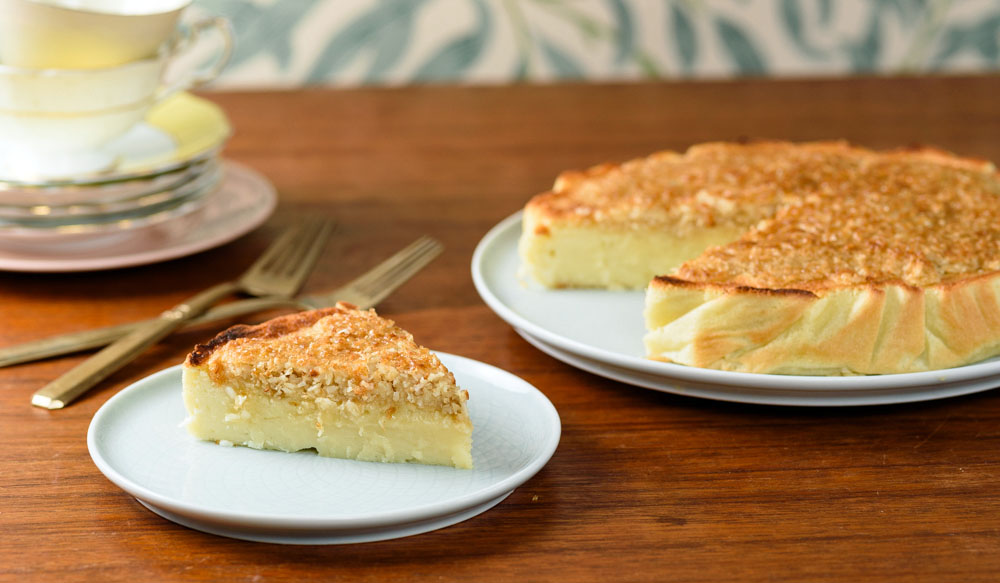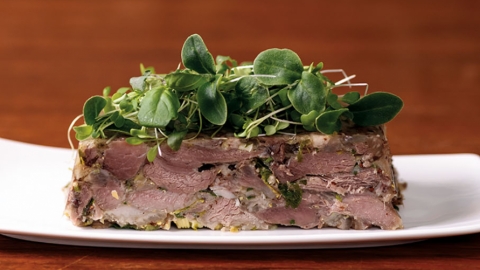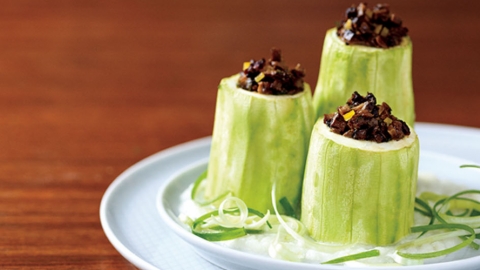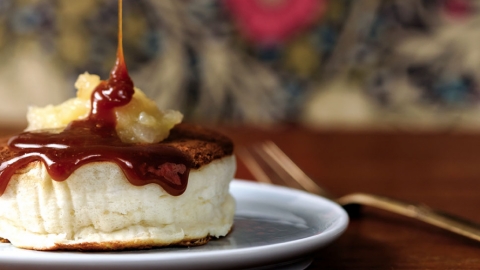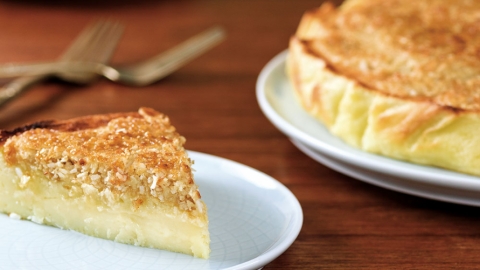The Electric Dinner
From the discovery of fire to the creation of the Instapot, our culinary history is full of innovation. Each generation has more technology available to it than the previous one and advances in the kitchen are no exception. And while the launch of the punch-chop-this and the whirl-o-matic-that may have us questioning whether change is always for the better, invention and ingenuity influence the way we cook and what we eat — like it or not.
Ovens, in different forms, have been used for cooking for thousands of years, mostly outdoors, in structures made of stone, brick or clay. When cooking moved indoors, it was still primarily done over a hearth and a wood fire, until the late 1700s when cast-iron ovens came into production. As cooking moved from an open hearth to heat compartmentalized in an oven, it changed the dynamics of the home. The use of a scullery (a room used for washing, cleaning and food preparation, but not cooking) transformed into what we know as a modern kitchen — a single-use room dedicated to food production from beginning to end.
The wood-fired cast-iron ovens were eventually replaced by gas and electric ovens as more efficient, hands-off sources of heat. But the majority of households didn't have the infrastructure to support the electric oven until the 1930s, even though it was invented more than a quarter century early. The first dinner cooked entirely by electric oven and heaters was hosted in downtown Ottawa, in 1892, by a man who gave this region and Canada many firsts.
Thomas Ahearn, born in Lebreton Flats in 1855, was arguably one of the most progressive and influential citizens this city has ever seen. According to records at the City of Ottawa archives, Ahearn held many positions, including as a telegraphist at the Western Union Company in New York, a manager of a newly formed telephone company, before partnering with Warren Soper, his childhood friend, to open a business selling electrical equipment and building telegraph lines.
In 1887, Ahearn and Soper along with a few partners, opened the Chaudière Electric Light and Power Company, and, later in 1891, started the Ottawa Electric Street Railway, bringing year-round streetcar service to the city. The industrious group also started the Ottawa Car Company (which eventually became OC Transpo), producing streetcars for sale across the country. In 1899, Ahearn was the first person in Ottawa to drive an electric automobile and, nearly 25 years later, he joined Prime Minister William Lyon Mackenzie King when he made Canada's first transatlantic phone call to Britain.
It is safe to say that Ahearn realized the importance of electric technologies. He held many Canadian patents for electric devices he created, including the electric oven. Building on his former designs and patents for a water-bottle warmer and a streetcar heating system, Ahearn built a large oven at his streetcar yard at Lansdowne that was heated by what the The Ottawa Journal described at the time as chained lightning.
On Aug. 29, 1892, Ahearn gathered a group of about 100 of the city’s most influential people — politicians, media and magnates of the electrical industry — to The Windsor hotel in Ottawa to sample a banquet cooked entirely by his new invention. All the dishes were prepared in the oven at Lansdowne Park, then transported by streetcar to the hotel to be served to the invited guests.
The banquet and the oven were deemed a success, so much so, that the hotel ordered an oven to be put into their kitchen as soon as possible. This feast was the world’s first instance of a meal being cooked using electric appliances.
Giving a nod to the innovative nature of Ahearn and his invention, the recipes on the following pages are inspired by the dishes served on that late summer day in 1892 — boiled ham, green corn, vegetable marrow, apple soufflé and coconut drops.
Electric Dinner
The following is the original menu from the electric dinner served at The Windsor hotel, Aug. 29, 1892, in Ottawa:
Soup
Consommé Royal
Fish
Saginaw trout with potatoes, croquettes, sauce tartar
Boiled
Sugar-cured ham, Champagne sauce
Spring chickens with parsley sauce
Beef tongue, sauce piquant
Roasts
Sirloin of beef and horseradish
Turkey with cranberry sauce
Stuffed loin of veal, lemon sauce
Entrées
Larded sweetbreads with mushrooms
Lamb cutlets with green peas
Strawberry puffs
Vegetables
Potatoes, plain and mashed
Green corn, escalloped tomatoes, vegetable marrow
Pudding and Pastry
Apple soufflés, wine sauce, apple pie, black currant tart,
chocolate cake, coconut drops, vanilla ice cream, Maraschino jelly
Fruits
Apples, raisins, English walnuts, almonds, watermelon, grapes
Black tea, green tea, coffee, cheese, biscuits


